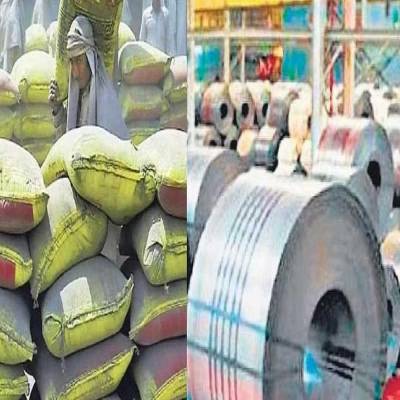

A recent report has highlighted that the domestic steel and cement industries in India will necessitate a staggering investment of Rs 47 lakh crore (approximately USD 627 billion) to align with net-zero carbon emission targets. India, the second-largest producer of steel and cement globally, faces the challenge of addressing the high emissions associated with these hard-to-abate industries.
The Council on Energy, Environment, and Water (CEEW) presented this insight in their report, emphasizing the substantial capital expenditure (CAPEX) that existing steel and cement facilities in India will need to undergo to achieve net-zero carbon emissions. The investment requirement of Rs 47 lakh crore underscores the monumental task ahead for these sectors.
Furthermore, the CEEW report indicates that, on an annual basis, each of these industries will need an additional operational expenditure (OPEX) of Rs 1 lakh crore to transition towards a net-zero emissions model. This ongoing expenditure is a crucial aspect of the journey to sustainability and emissions reduction in these emission-intensive sectors.
The CEEW's analysis also offers hope by suggesting that substantial reductions in emissions are possible within these industries. Specifically, an 8-25 percent reduction in steel emissions and a significant 32 percent reduction in cement emissions can be achieved without causing an increase in prices. This can be accomplished by adopting more efficient technologies, including waste-heat recovery systems and energy-efficient drives and controls.
As India strives to meet its environmental commitments and contribute to global climate goals, these findings highlight the magnitude of investment and the potential for greener technologies to play a transformative role in the country's steel and cement industries.